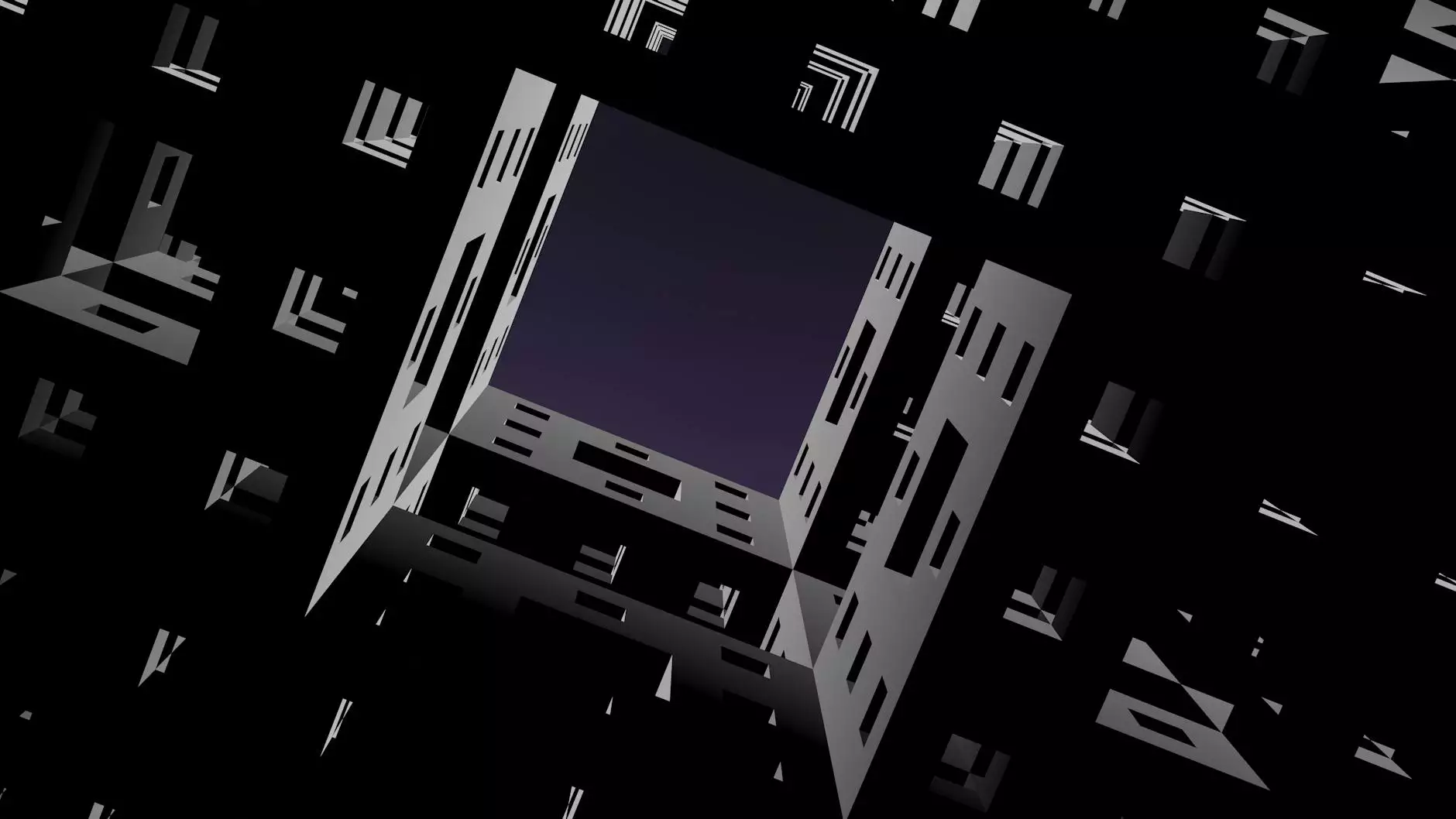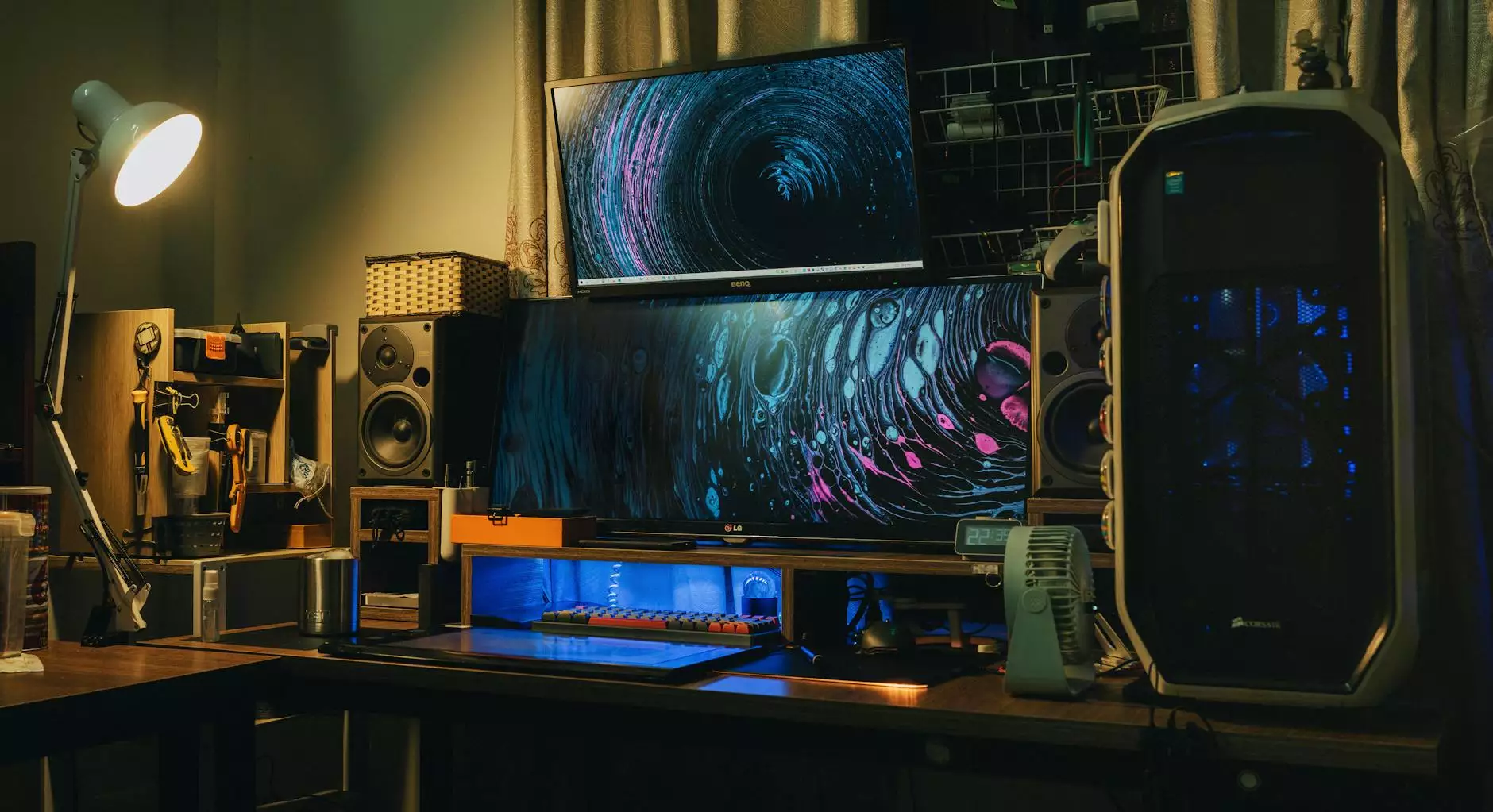Unlocking the Potential of Voxel Technology in 3D Printing

Voxel technology is revolutionizing the field of 3D printing, opening new avenues for innovation, creativity, and practical applications across various industries. Derived from the combination of the words "volume" and "pixel," a voxel represents a value on a three-dimensional grid, thus enabling sophisticated modeling techniques that can drastically alter the production landscape. As we delve deeper into the realms of 3D printing, understanding the impact and functionalities of voxel technology becomes crucial for businesses looking to leverage this cutting-edge advancement.
What is a Voxel?
A voxel is the three-dimensional counterpart of a pixel in 2D graphics. While a pixel represents a point in a two-dimensional space, a voxel encapsulates an area in three-dimensional space, carrying specific information such as color, density, or other attributes. This three-dimensional approach allows for enhanced data visualization, rendering, and the creation of complex models that are not possible with traditional 2D techniques.
The Significance of Voxels in 3D Printing
In the context of 3D printing, voxel technology facilitates the creation of intricate designs and structures with greater precision. It allows for:
- Enhanced Resolution: The use of voxels provides finer control over the printing process, leading to higher resolution prints that accurately replicate digital models.
- Complex Geometries: Designers can utilize voxels to create highly detailed and complex geometries that are difficult or impossible to achieve through traditional manufacturing techniques.
- Material Control:Voxel-based printing can manipulate material properties at a granular level, allowing different textures and densities within a single object.
Applications of Voxel Technology in Various Industries
The versatility of voxel technology makes it applicable across a multitude of industries:
1. Healthcare
In the medical field, voxel data is essential for imaging and reconstruction, particularly in areas such as:
- Prosthetics: Customized prosthetics can be designed and printed to fit patients perfectly, thanks to precise voxel modeling.
- Surgical Planning: Surgeons can utilize detailed voxel images for pre-surgical planning, improving outcomes and efficiency.
- Tissue Engineering: 3D printing powered by voxel data enables the creation of scaffolds that support cell growth for regenerative medicine.
2. Architecture and Construction
Voxel technology is also making strides in architecture:
- Building Models: Architects can generate detailed 3D models that provide a realistic visualization of projects before they are built.
- Smart Materials: The ability to manipulate materials at the voxel level supports the use of smart materials that can respond to environmental changes.
3. Entertainment and Gaming
In the gaming and film industries, voxel technology offers new creative possibilities:
- Game Development: Developers can create immersive environments with 3D assets that provide a realistic user experience.
- Animation:Voxels allow for rich animations and visual effects that enhance storytelling.
The Process of 3D Printing with Voxels
The process of 3D printing with voxels involves several intricate steps:
- Model Creation: A digital model is created using 3D CAD software, where the design is divided into voxel format.
- Slicing: The model is sliced into layers, each represented by voxels, which the printer will then build upon layer by layer.
- Printing: The 3D printer applies material according to the voxel data, meticulously constructing the object.
- Post-Processing: After printing, the object may require cleaning, curing, or additional finishing to achieve the desired quality.
Challenges and Considerations in Voxel-Based 3D Printing
Despite its promising applications, voxel technology in 3D printing poses certain challenges:
- Data Complexity: The handling of large voxel datasets can complicate the design and printing processes.
- Material Limitations: Not all materials are suitable for voxel printing, which may limit the application scope for certain industries.
- Cost: Advanced voxel-printing technologies can be cost-prohibitive for some businesses.
The Future of Voxel Technology in 3D Printing
The future of voxel technology in 3D printing is bright. As research and development continue:
- Improved Algorithms: We can expect sophisticated algorithms that enhance the efficiency of data processing.
- Broader Material Options: Innovations may expand the range of materials that can be printed at the voxel level.
- Increased Customization: Businesses will have greater opportunities for customization, catering to specific consumer needs.
Conclusion: Embracing Voxel Technology for Business Growth
In conclusion, understanding and implementing voxel technology can lead to significant advancements in 3D printing that boost efficiency, creativity, and customization. As businesses across different sectors explore the capabilities of voxels, they position themselves at the forefront of innovation, ready to tackle the challenges of the future. By partnering with experts in voxel technology, such as those at voxel-magic.com, businesses can harness this transformative technology to improve their operational capabilities and deliver exceptional value to their customers.
Investing in voxel technology is not merely about keeping pace with trends; it's about leading the charge into a rapidly evolving future where creativity and technology converge for groundbreaking outcomes.









